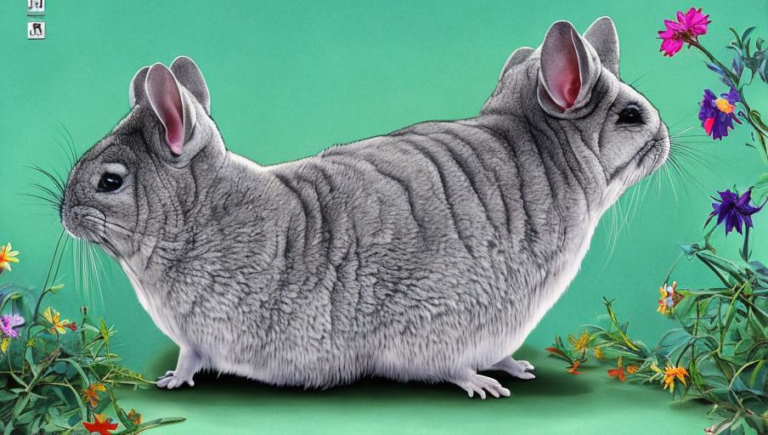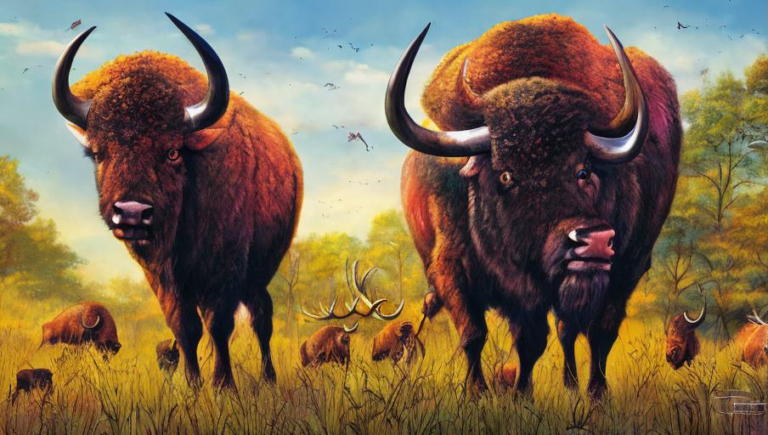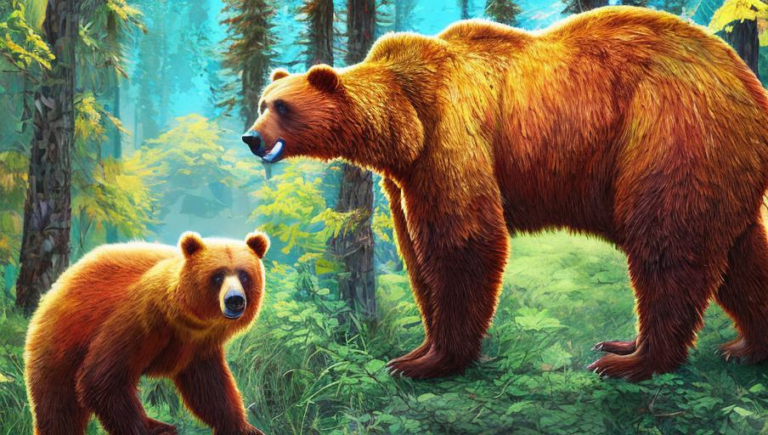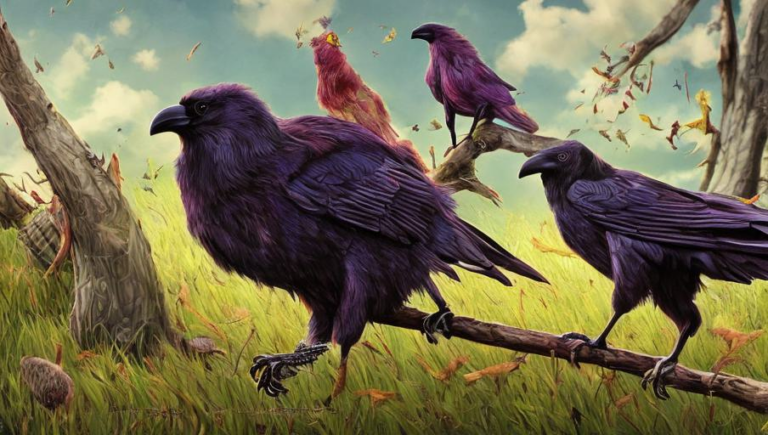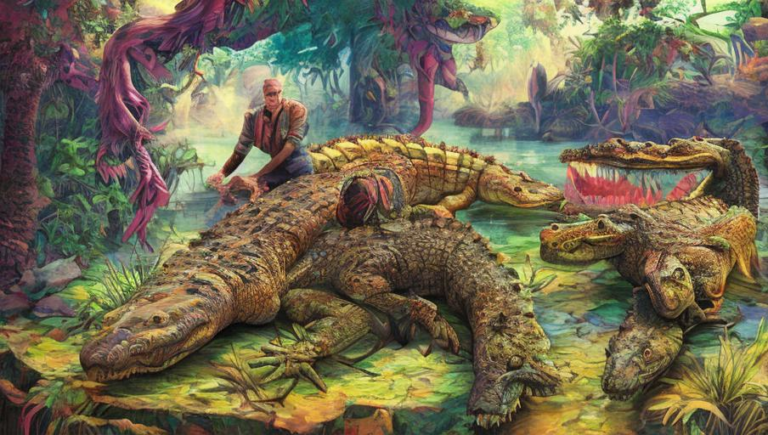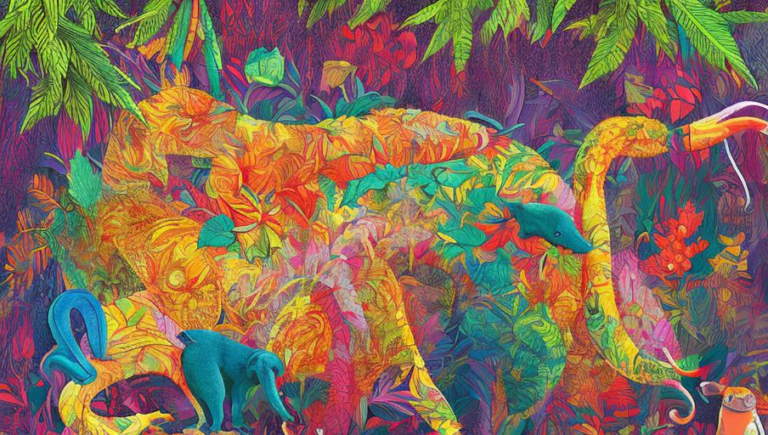Cheetah Cubs: Exploring the Lives of the Big Cat’s Youngest Members
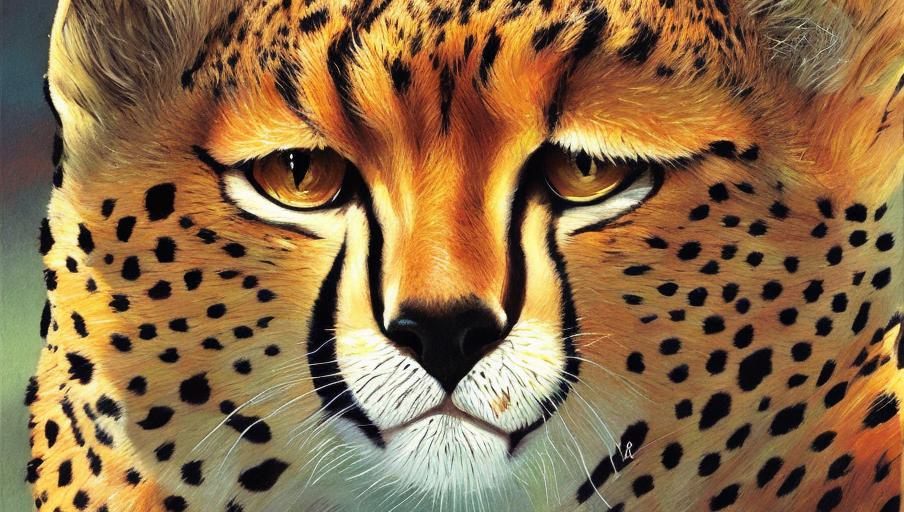
Introduction
Cheetahs are the fastest land animals, capable of reaching speeds of up to 75 miles per hour. They are also the only living member of the genus Acinonyx and are one of the most recognizable big cats. While much is known about the adult cheetahs, not much is known about the cheetah cubs. Here, we explore the lives of the youngest members of the cheetah family.
Life Cycle
Cheetah cubs are born in litters of up to eight cubs. They are blind and helpless at birth and weigh only a few ounces. The cubs typically remain with their mother for up to two years before they are ready to leave the nest and live on their own. During this time, the mother cheetah teaches them important survival skills, such as hunting and avoiding predators. When the cubs are old enough, the mother will send them off on their own.
Physical Characteristics
Cheetah cubs have a thick coat of fur that is spotted and helps them to blend in with their surroundings. This helps them to stay hidden from predators. As they grow, the cubs will begin to lose their spots and gain the distinctive black tear stripes that are found on adult cheetahs. Cheetah cubs also have longer tails than adults, which helps them to balance when running.
What They Eat
Cheetah cubs are carnivorous and feed on small animals, such as rodents, birds, and lizards. They will also sometimes scavenge the kills of other predators. As they grow, they will begin to hunt larger prey, such as antelopes and gazelles. The cubs are usually able to hunt on their own by the time they are two years old.
Protection
Cheetah cubs are vulnerable to predation by other carnivores, such as lions, leopards, and hyenas. To protect themselves, the cubs will stay close to their mother and remain hidden in tall grass or dense vegetation. The mother cheetah will also try to keep her cubs away from danger by making loud calls and aggressively chasing away potential predators.
Conservation
Cheetah cubs are an important part of the cheetah population, and their survival is essential for the species to continue. Unfortunately, their numbers have been declining due to habitat loss, hunting, and other human activities. It is essential that we take action to protect the cheetah cubs and their habitats in order to ensure the survival of this fascinating species.
